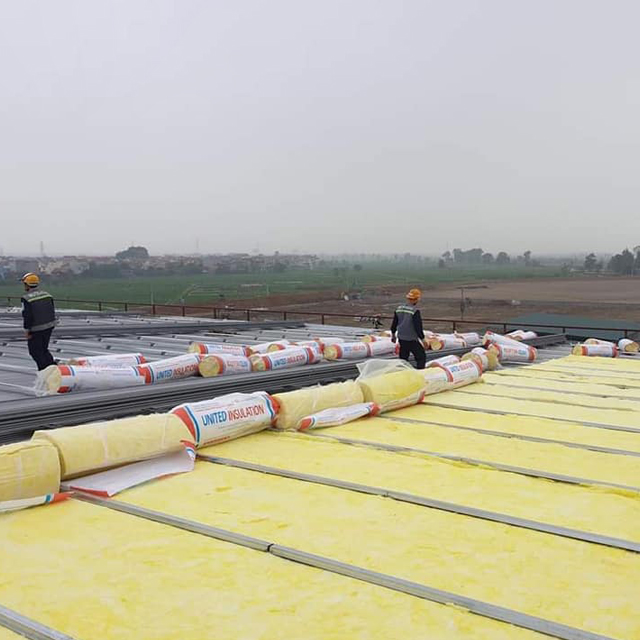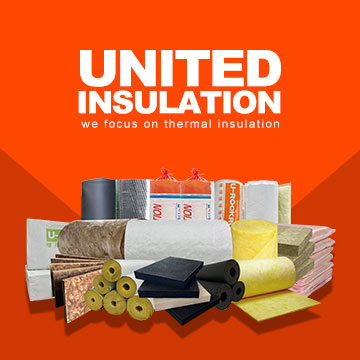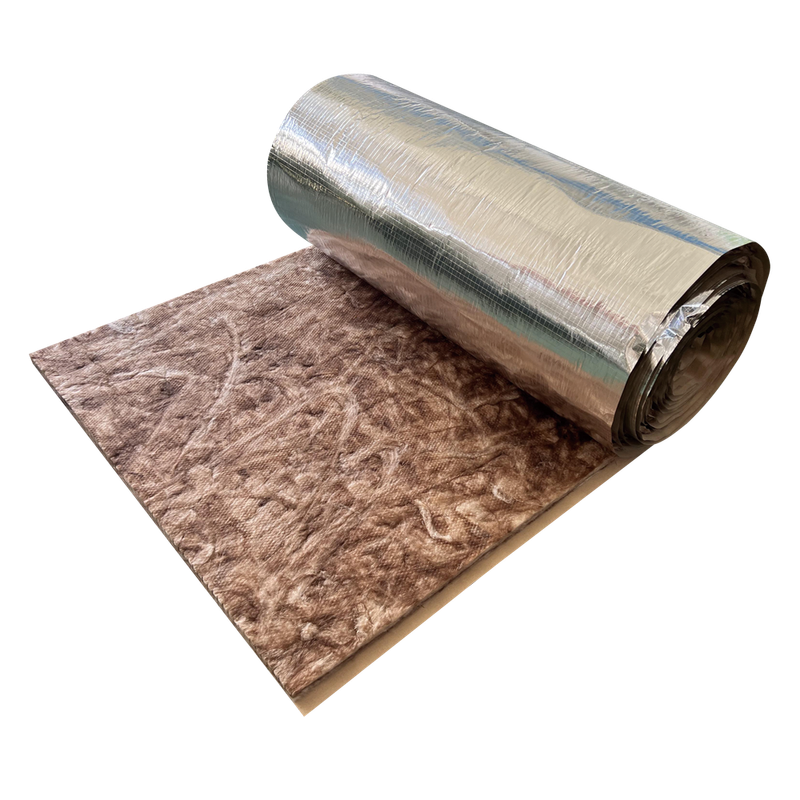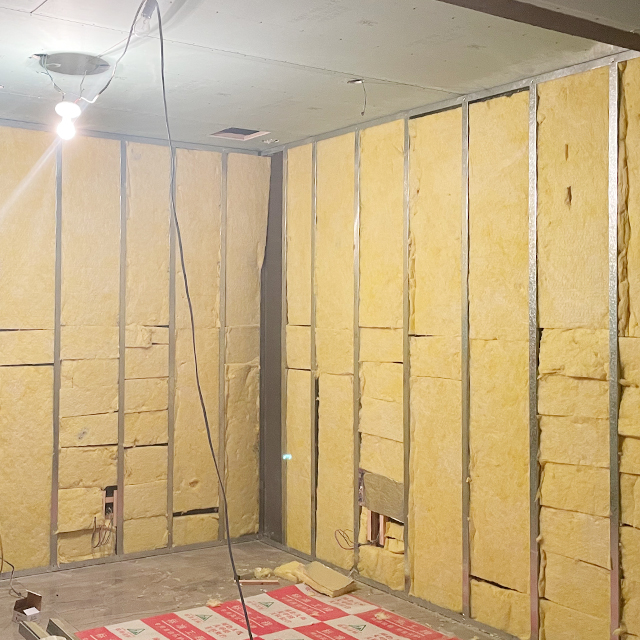Can Glass Wool Catch Fire? Understanding Its Fire Resistance
2025-10-30
When you are choosing insulation solutions for a building, fire safety is always a most important issue. A common question we encounter is: "Can glass wool catch fire?"

The short and reassuring answer is that the fiberglass insulation themselves are non-combustible and cannot catch fire.
However, to fully understand its fire performance, let's look at the science and the complete product composition.
The Science Behind the Safety
Inorganic Material: Glass wool is made from sand and recycled glass, which are inorganic materials. These kinds of substances have an extremely high melting point (typically between 500°C to 700°C or 930°F to 1290°F). In a fire, they will not catch fire or even burn; instead, they will melt at such a high temperature.
The Role of the Binder: While the glass fibers are non-combustible, virgin glass wool batts are held together by a thermosetting resin binder. This organic binder is what gives the insulation its distinctive yellow or pink color.
The key point: This binder is only a small percentage of the product's mass (typically 5-10%). In the event of a fire, this binder will burn off, but it provides no significant fuel load to the fire. Once the binder is gone, the remaining glass fibers continue to act as a fire barrier, resisting the spread of flames.
Fire Classifications and Safety Standards
Owing to its composition, glass wool insulation is typically classified as an A1 or A2-class material according to European (EN 13501-1) standards. This is the highest possible fire safety rating, meaning it is non-combustible or has very limited contribution to fire.
In North America, it consistently achieves an ASTM E84 Class A (Class 1) fire rating, indicating a very low flame spread and smoke development index.
Practical Implications for Your Home
Fire Barrier, Not Fire Fuel: Properly installed glass wool insulation acts as a fire retardant. It helps compartmentalize a fire, slowing its spread through walls, ceilings, and floors by creating a barrier of non-combustible material.
The Importance of Covering: While the insulation itself is highly fire-resistant, building codes almost always require it to be covered with a fire-resistant material like gypsum drywall. This is crucial because the drywall provides an additional, solid barrier that protects the insulation from direct flame impingement and prevents the binder from burning off in the early stages of a fire.
Glass Wool vs. Rock Wool on Fire Performance
It's common to compare glass wool with rock wool (stone wool). Both are excellent, fire-resistant materials.

Glass Wool: As explained, it is non-combustible with a very high melting point.
Rock Wool: Made from basalt rock, it has an even higher melting point (exceeding 1000°C or 1832°F). This makes it suitable for very high-temperature applications, such as insulating industrial furnaces or as a dedicated fire-stopping material. For standard residential and commercial building applications, however, both provide outstanding fire safety.
Conclusion
So, can glass wool catch fire? No, the core glass fiber material cannot ignite or burn. Its non-combustible nature is a fundamental reason why it has been a trusted insulation material in construction for decades. When installed correctly and covered with approved materials like drywall, glass wool contributes significantly to the overall fire safety of a building by resisting the spread of flames and heat.
contact us










